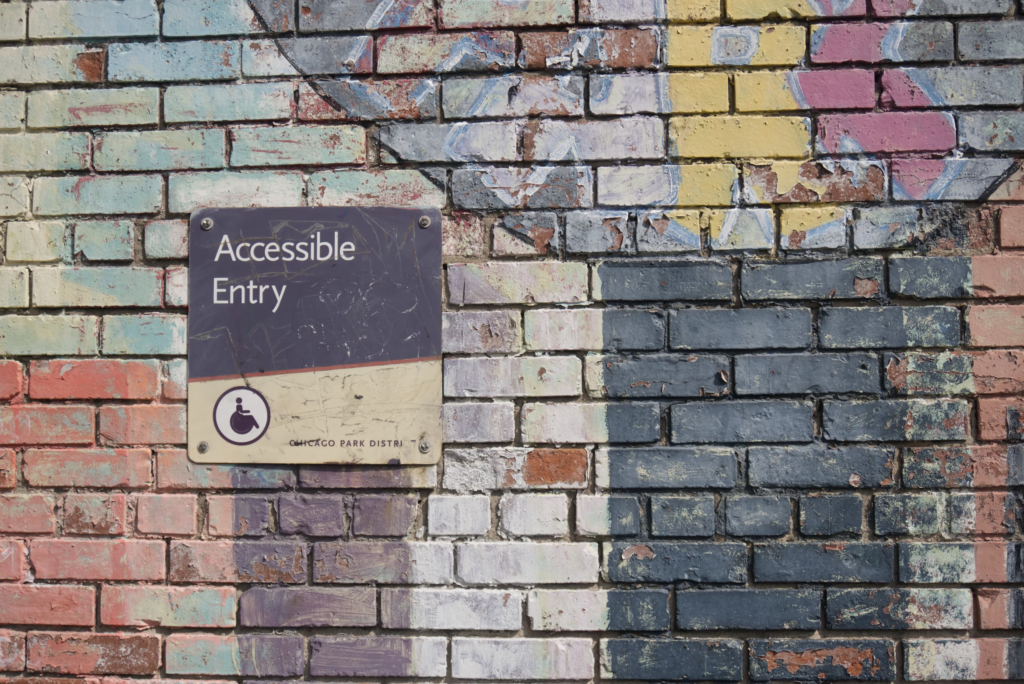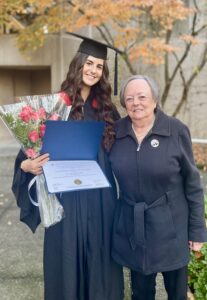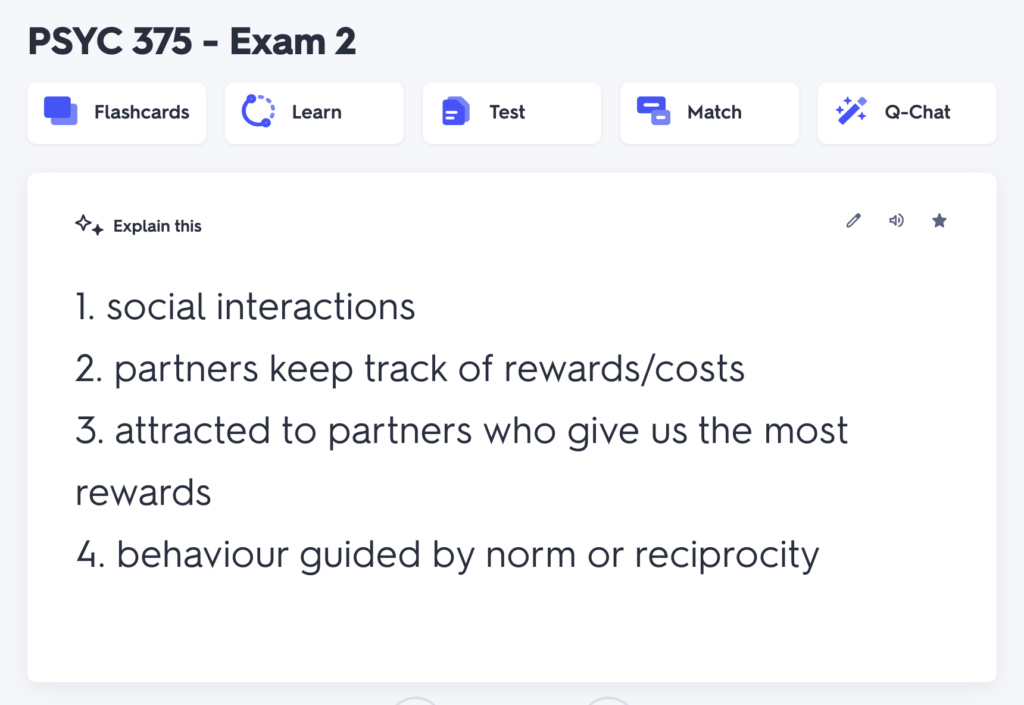Using Your PLN for Growth: Describe how you actively use your PLN for professional growth and learning. What social media platforms have you found to be the most engaging, informative, and able to share resources, seek advice, and collaborate with peers?
I’ve personally found Instagram, Facebook, and LinkedIn to be the most engaging, informative, and resource-rich social media platforms. These sites are driven by collaboration, as comments, likes, and connections cannot take place without engaging with another individual. I like to make an effort to connect with individuals I meet in professional settings to stay up to date on their achievements, and to keep them in my PLN without needing to meet with them in person.
| Site | Promotion of Growth & Learning |
|---|---|
| Something that I’ve found particularly valuable with respect to using Instagram in order to promote professional growth and learning is the “suggested followers” feature. When I search for any individual on Instagram, it presents me with dozens on suggestions based off of that individual, suggesting that they likely have a connection to one another. This promotes the expansion of my PLN by encouraging me to connect with a broader range of followers. | |
| I maintain a professional presence on Facebook, as I’ve personally benefitted from networking and job prospects from this site. I’ve become friends on this site with individuals from work who hold degrees and roles that I strive to achieve one day. I often find it easier to reach out to these individuals on social media, as messaging can take place on our own time away from the distractions of work. This is also helpful for the seamless sharing of resources, such as links to volunteer/job opportunities or professional development courses. Within my connections to these colleagues, I would have never discovered my passion for clinical social work. Check out this article for further suggestions on how to use Facebook for professional growth. | |
| Growing connections on LinkedIn are especially helpful when I no longer have a common meeting place when an individual. For example, I co-facilitated a youth support group with a fellow UVic student through a volunteer agency with whom I shared a lot in common. I knew we had similar career goals and she began a program that I was interested in. Therefore, once our program ended, I connected with her on LinkedIn in order to stay informed about how she was continuing to grow professionally, so that I could be inspired to do the same. |
Engaging with Your Community: Think about how you engage with your PLN community. How do you participate in discussions, offer support and feedback to peers, and share valuable content?
I enjoy sharing resources with members of my PLN in order to mutually share knowledge about our field of interest. For example, a friend of mine is beginning her counselling degree and we often share information we find on Instagram about various topics and controversies in mental health. She’s engaging in research focused on eating disorders and their interrelation to maternal relationships. I’ve really enjoyed reviewing her findings and providing suggestions for references for her to consider. Although this is her research, I really enjoy learning about her findings and how I can apply them to my own interactions with clients.
I have a group chat on Microsoft Teams with coworkers who are in the same role as me. We use it as a tool to stay connected to one another, ask for shift coverages, as well as to update each other on professional development opportunities and resources. Recently, a coworker shared an article about how to better support individuals experiencing psychosis, as this is relevant to our position. Additionally, I recently shared the link to sign up for UVic’s upcoming Nalaxone training opportunities. This promotes opportunities for professional growth, as well as encouraging relevant discourse and greater resource sharing.

Building a Supportive PLN: What steps have you taken or plan to take to build a supportive PLN? How do you identify and connect with individuals with similar professional interests and goals?
1. Consider their reputation: I try to ask myself whether or not the individual is well respected by their peers and approachable before I take the time to reach out to them. I was told by one of my coworkers to never reach out to one of our physicians via email and that she “learned this the hard way”. Although there could be many reasons for that interaction to have taken place, I still noted that I would likely not be making an effort to connect with that individual. Alternately, I’ve had people suggest that I connect with their friend/colleague/family member due to our similar work interests and their well respected reputation.
2. Consider their openness to contributing to learning: There are plenty on individuals who are stretched thin in their careers and simply don’t have the capacity to share resources and advice with others. I completely respect this reality and strive to remain mindful of others’ boundaries by reaching out to individuals who I believe to be open to sharing their knowledge. As an example, after sharing with my coworker that I was interested in UVic’s social work program, she asked about my experiences and goals, and informed me that I could reach out to her in the future if I had any questions. This helped me recognize that she would be a great resource to help build my PLN.
I generally find it easy to identify whether or not an individual shares my passion for mental health and the barriers that exist to receive adequate support. I’ve found it most effective to allow others to freely share their perspectives in order to gauge their authentic opinion. This allows me to decide whether or not they would contribute to a supportive PLN. For example, a newer colleague of mine was discussing the barriers for youth in care to obtain post secondary education and that she was pleased with BC’s initiative to waive their tuition fees and lift the age restriction on this support. I immediately identified with her standpoint and recognized that she would be a great individual to contribute to my PLN. Contrarily, after overhearing a different colleague discuss how she believed that there were plentiful high quality mental health resources to support indigenous youth and that she didn’t understand the need for more, I noted that she may not be as well informed on the needs of our community and she wasn’t someone that could contribute meaningfully to my PLN.
Expanding Your PLN: What are your long-term goals for your PLN? What strategies will you take to expand your network to include international contacts or experts in specific fields?
I’ve had to opportunity to make connections with individuals from across the world after backpacking through Asia and Europe. Although I still have many of these individuals on social media and will comment on their posts occasionally, I know that I could be doing more to maintain these relationships. A strategy that I hope to implement moving forward is to maintain consist communication early on, so that reaching out for advice on something in particular doesn’t seem out of the ordinary. I used to feel uncertain about contacting individuals for advice even after they assured me they could ask me questions whenever they popped up, and I now recognize the importance of doing so. Ultimately, I’ve found my biggest barrier to expanding my PLN is feeling nervous to reach out, as I worry I could be inconveniencing someone. I’m actively working on this and have been trying to challenge these beliefs by recognizing that I personally love when people reach out to me for advice about work or school, and I enjoy collaborating with them to see ways that they could expand their experience. Therefore, there’s always the chance that others may feel the same!















